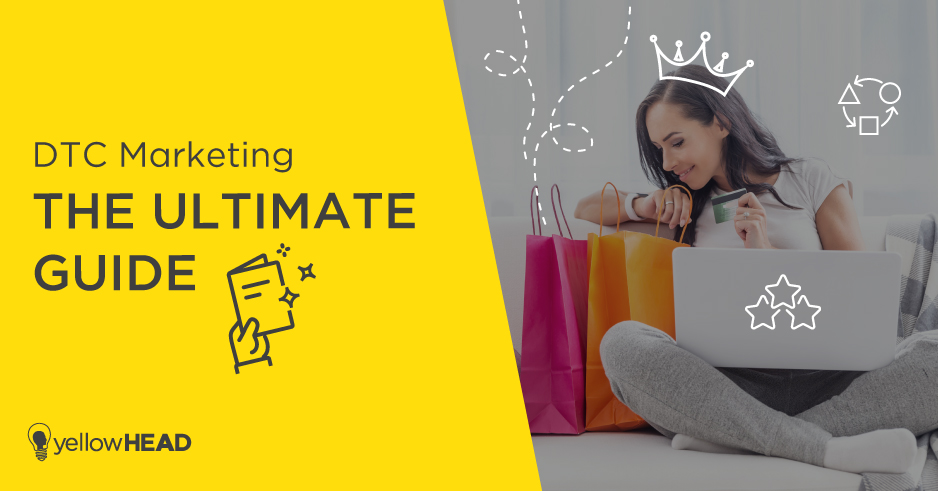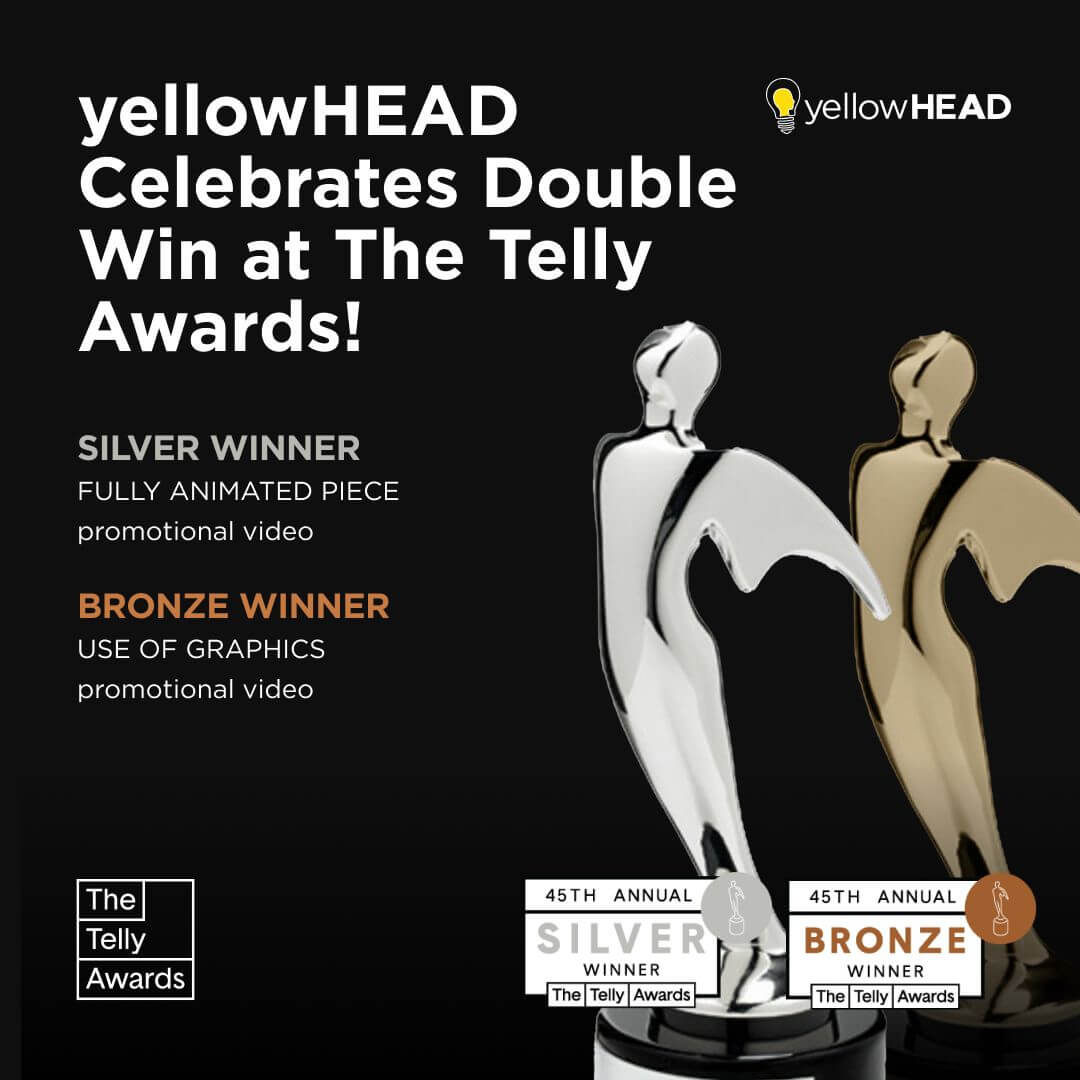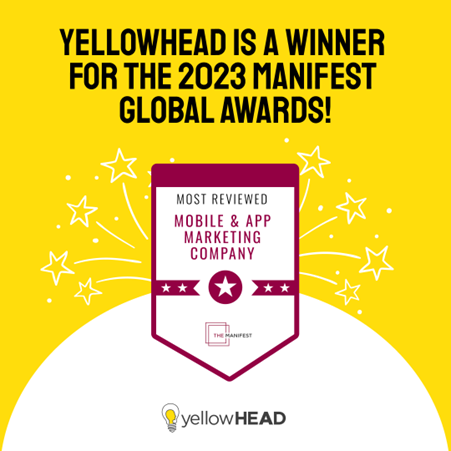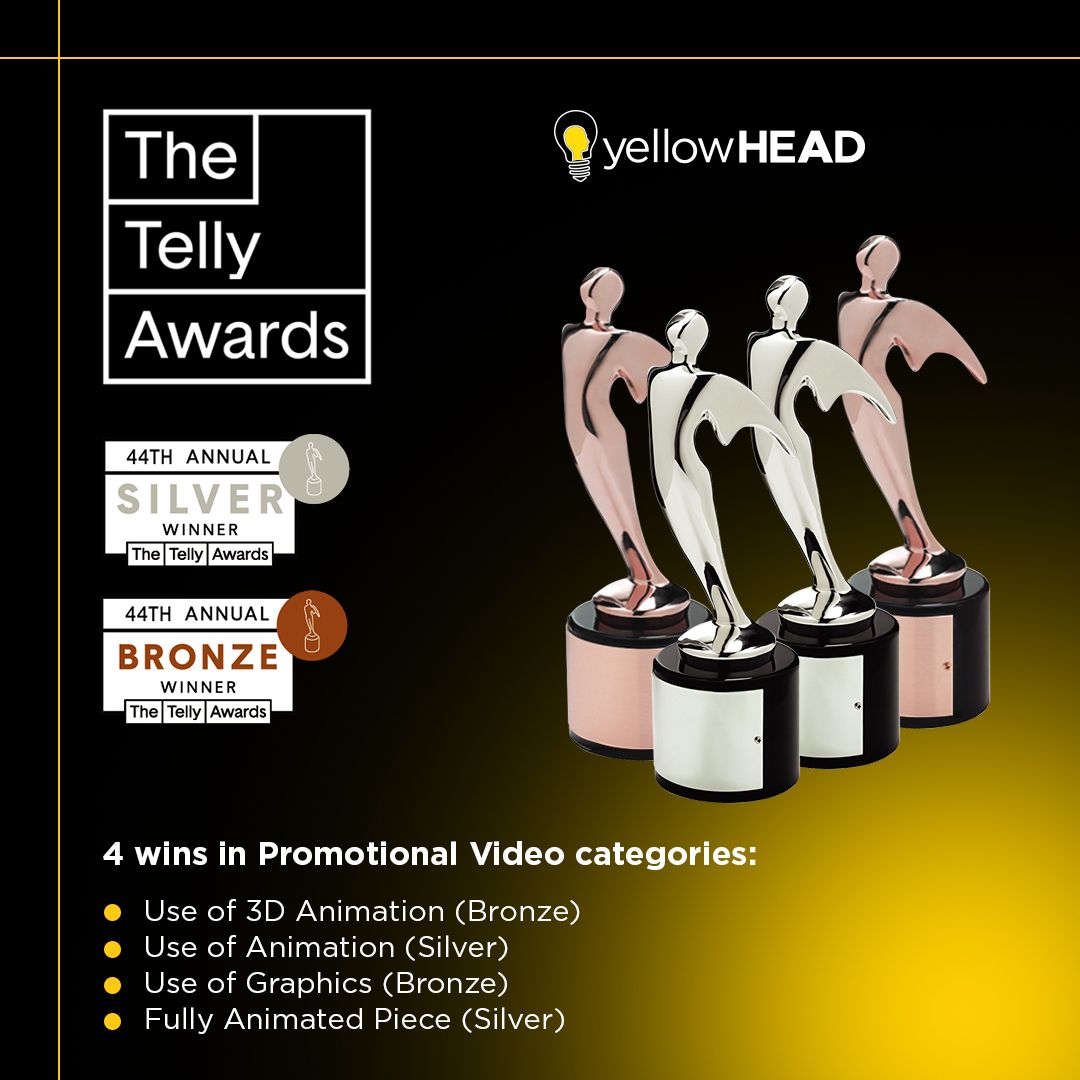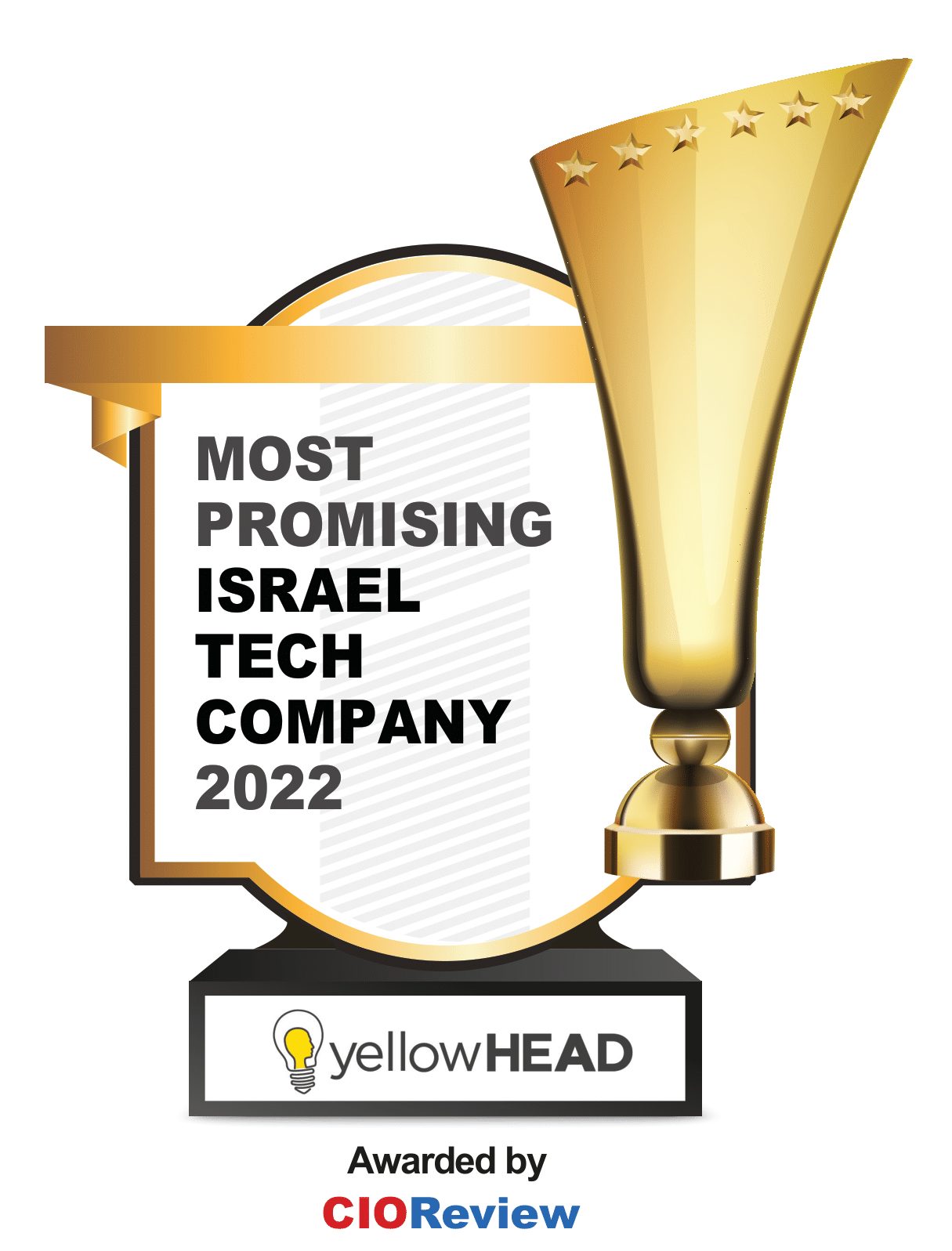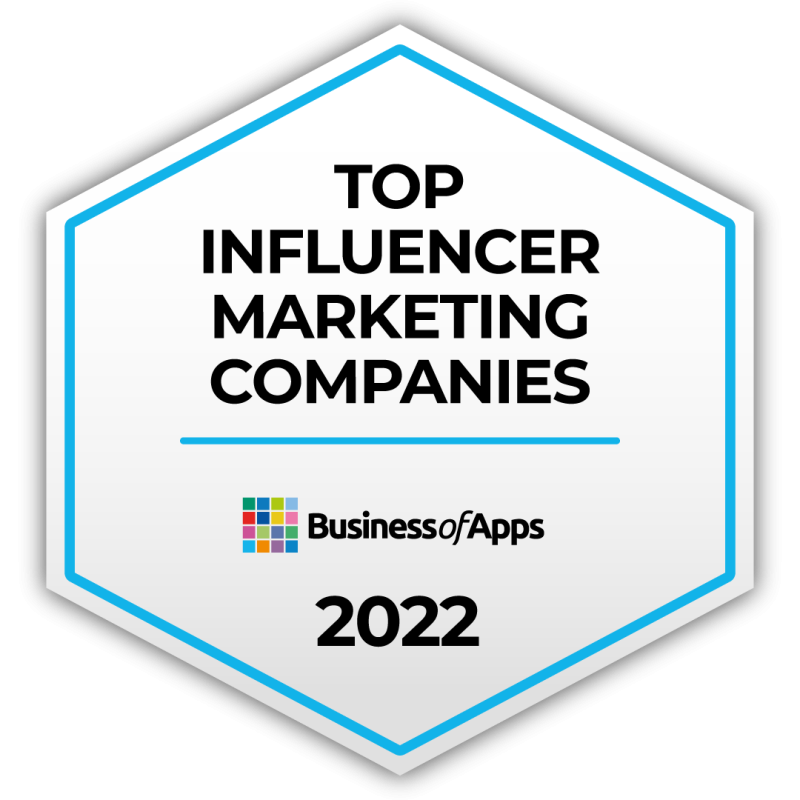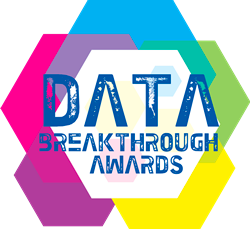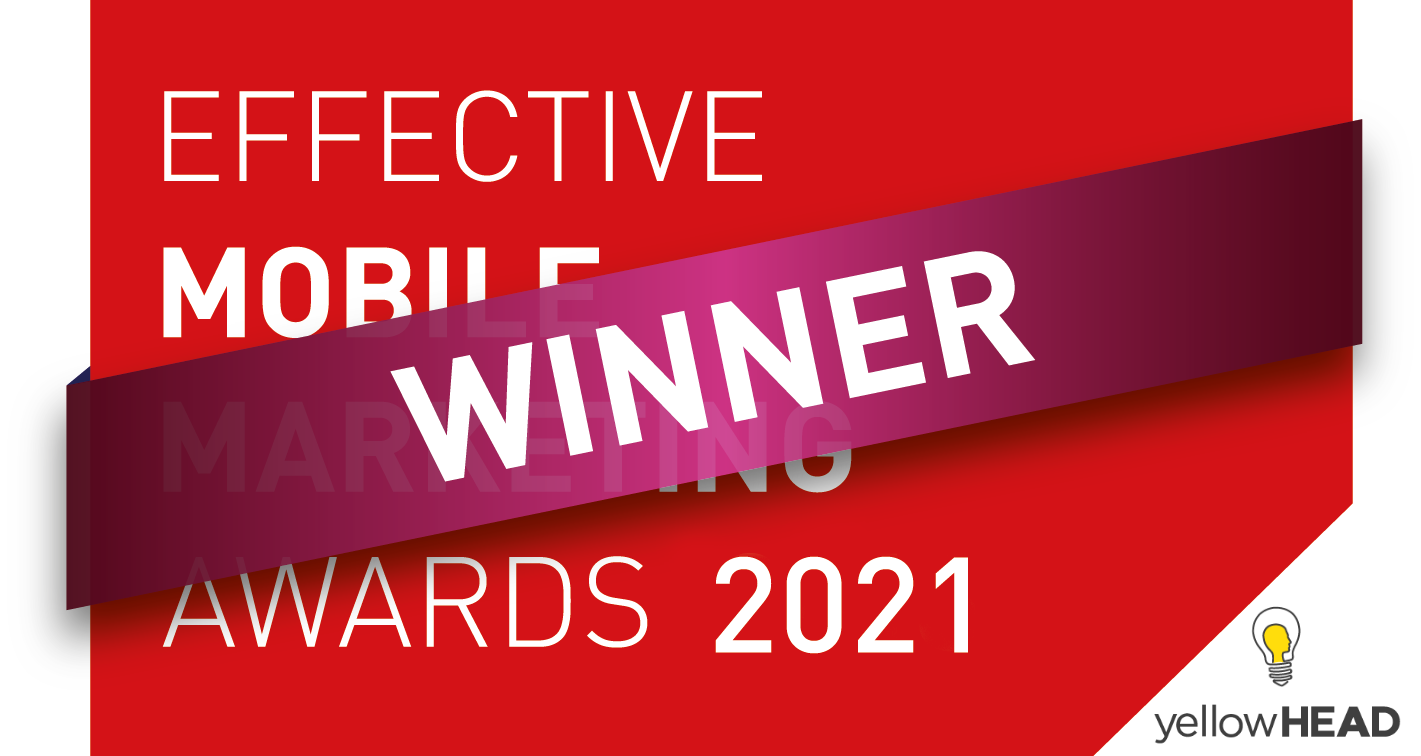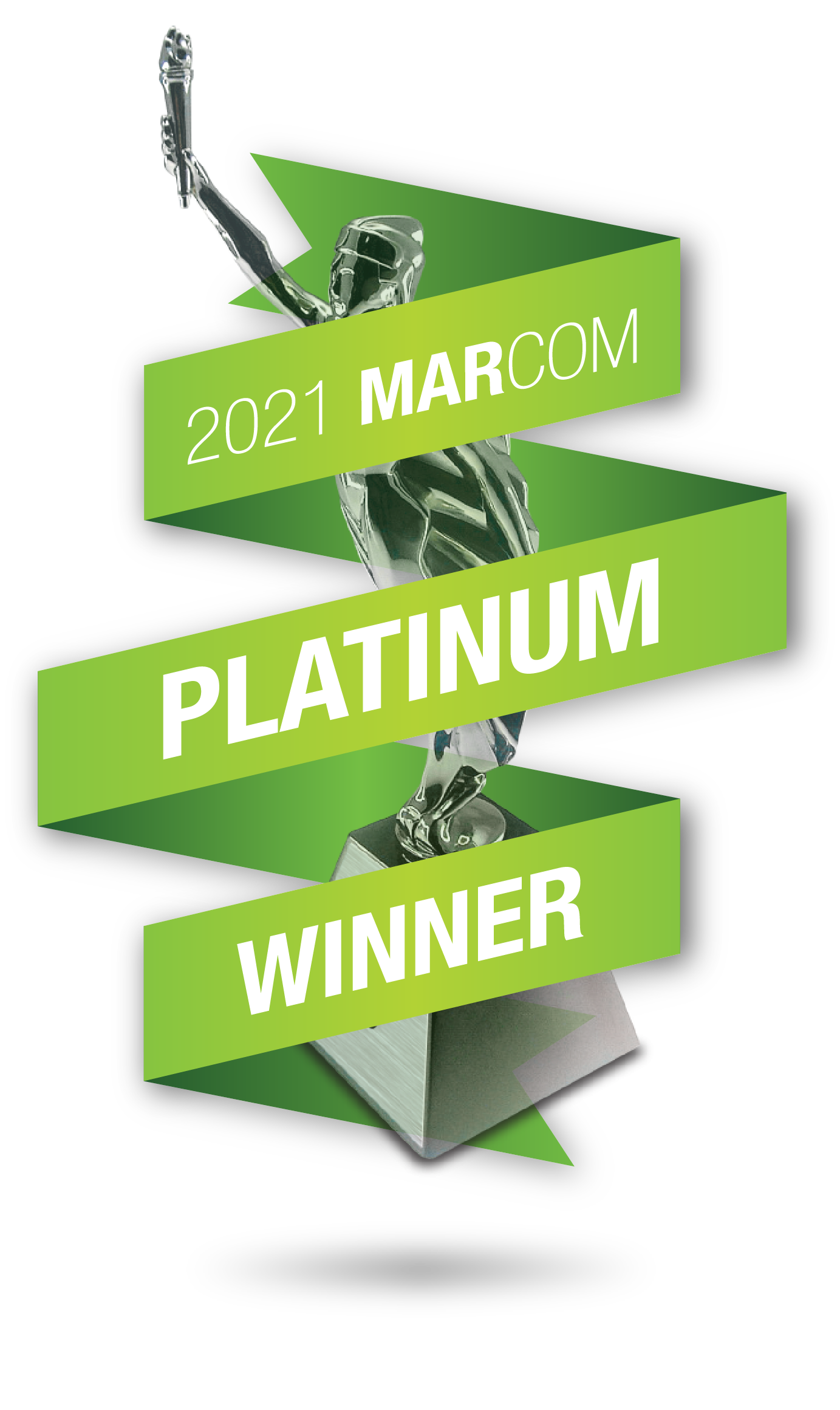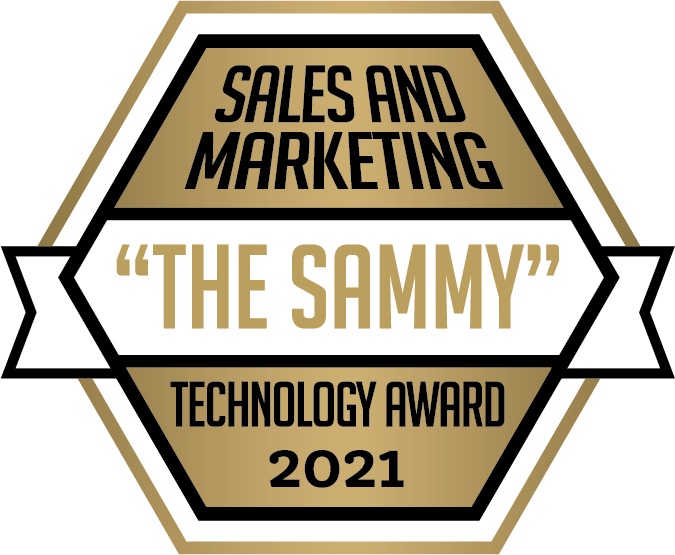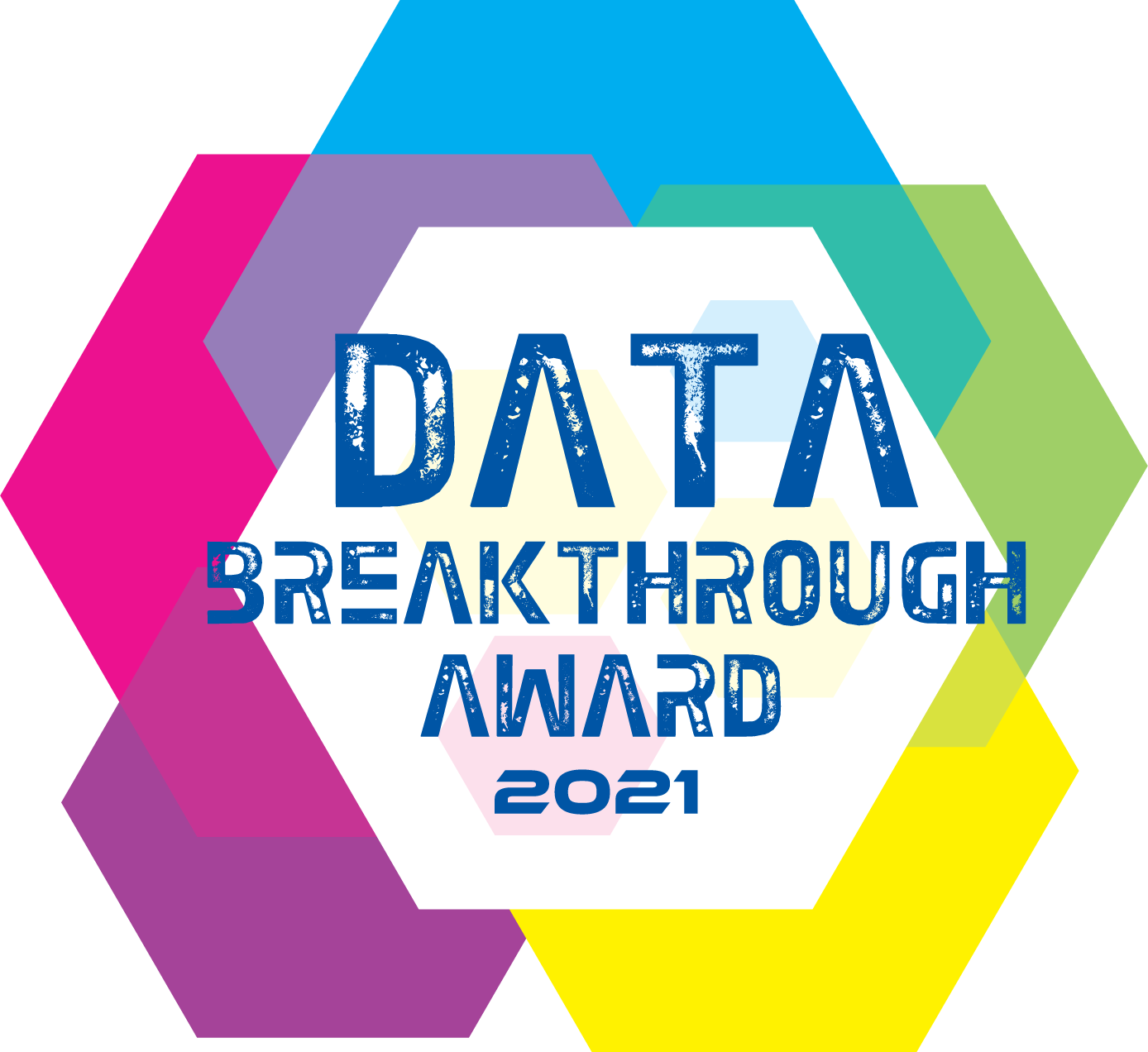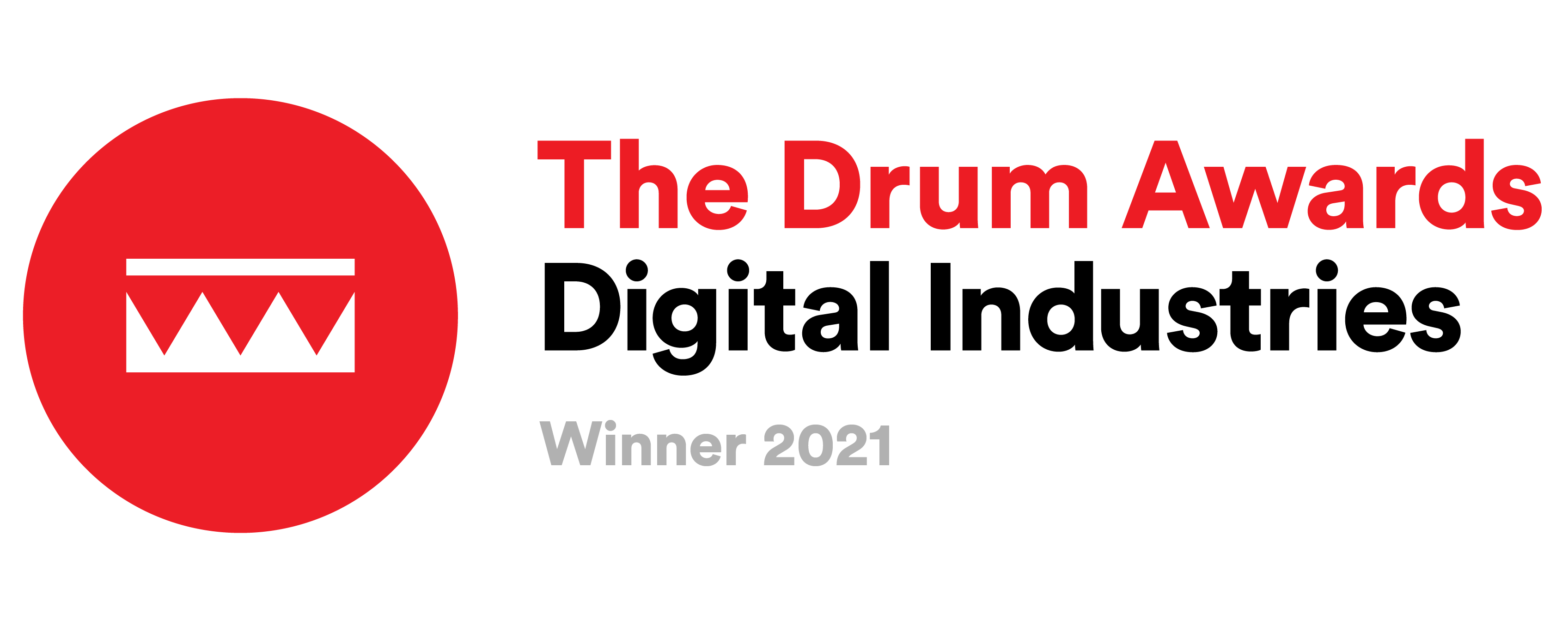DTC Marketing: The Ultimate Guide
From top brands and creative ad examples to 2023 trends, we’ve got everything DTC marketers need to know.
Over the last 10-20 years, the DTC model was a widespread experiment that emerged as brands tested out a new business model using the digital landscape to connect with consumers. Amazon proved that a business could be very successful selling only online, so brands made the decision to embrace the pursuit of consumers directly, instead of relying completely on big marketplaces or wholesalers in the middle of the chain.
This model is very appealing to businesses because it gives them full control. In a marketplace setting, customer data and relationships are managed by the marketplace, not the brand. Whereas in a DTC model, the brand has direct access to their customers, more granular data, and no middleman taking a chunk out of their profits. Cartamundi, a traditional brand selling exclusively through retailers and distribution channels, embraced this recently as they switched to a DTC model to better reach their customers.
In 2023, the direct to consumer market is growing faster than ever. The flip side of rapid growth, however, is that there are more brands than ever competing for dominance. Compounding that challenge is the fact that consumer expectations are quickly evolving, with authenticity, sustainability, and relatability becoming increasing priorities for modern shoppers.
At yellowHEAD, we’re well aware of the challenges of connecting with today’s DTC consumers. The right creative strategy can elevate your brand and help create the lasting customer relationships that are critical to DTC marketing. Want to know more? Get in touch!
Ready to learn more about the intricacies of DTC marketing? Let’s get started!
Jump to a section…
How Are DTC Brands Changing Marketing?
What Are Some DTC Advertising Examples?
What DTC Trends Should Marketers Know in 2023?
What is DTC Marketing?
In a nutshell, DTC marketing refers to the communications and marketing initiatives undertaken by companies that don’t sell their products or services primarily through a third-party retailer, but instead reach customers directly, often via digital marketing channels. DTC brands don’t have the backing of big-box retailers for support and visibility, so their success is built on customer relationships and long-term loyalty. In the US, the DTC space is projected to grow to $175 billion in 2023. But, sustaining this growth is crucial for success in this industry.
For DTC marketers, the challenge is appealing to consumers who are generally looking for very different values in retailers than their parents did. DTC shoppers, particularly those in the Gen Z and millennial demographics, appreciate authenticity, shared values, high-quality products, and internet savviness.
Consumers tend to love DTC brands because their experiences feel very personalized – a result of brands having full control over every aspect of how they market themselves to consumers. Without the added cost of selling on a marketplace or through a wholesaler, brands can usually sell their products at a lower price point and with a larger focus on loyalty and personalization.
What Are the Best Practices for DTC Marketers?
DTC marketers aren’t just competing with bigger retailers — they’re also going up against other direct to consumer brands in an increasingly competitive space. To stay ahead of the pack, marketers for DTC brands should keep these best practices in mind:
- Develop a consistent brand voice. Who is your brand? What does it sound like? It’s critical for DTC companies to have a clear, consistent brand voice that reflects their products, values, and audience. On top of that, it needs to have personality — cookie-cutter ads aren’t enough to stand out in the DTC space.
- Be authentic. More than just a buzzword, authenticity is key for attracting those young, socially conscious consumers. That means being transparent about the brand’s mission, business practices, and ways the company is giving back, either to environmental causes, the industry, or its local community.
- Listen to your audience. DTC buyers have a lot of great things to say about their favorite brands; the flip side of that is you’re likely to hear their grievances as well. Good DTC marketing is empathetic and responsive, so when your customers speak out, it’s important to listen. Otherwise, you’re no different than faceless big-box retailers.
- Explore your creative side. There’s no one-size-fits-all strategy when it comes to DTC ad creative, so you may have to experiment a bit to find out what works best. What’s important is standing out while staying true to your brand. Clever copy, eye-catching visuals, and compelling calls to action can draw customers to your products — and when in doubt, test different concepts!
With the current economy, it’s obvious brands need to be profitable to stay in business, and brands are prioritizing this even more as we enter the era of profitability.
Brands have had to decide over the last three to four years whether they cared more about growth or profitability. Now, with high interest rates and inflation a real concern, operating at a loss becomes a much riskier business choice. While it helps with inflation, consumer spending is down, and brands know consumers are being much more selective with where they spend their money, like with Amazon’s Prime Day sales event earlier this month.
In this scenario of prioritizing profitability, technology plays such an important role and brands can’t risk losing money on the wrong digital partner. Considering how amortization rules have changed, companies all over the world should be prioritizing what I call “pragmatic composability,” which means being composable because you need it – not just because others are doing it. In this context, profitability also means spending less to reach consumers through new channels like live shopping or personalized shopping, instead of relying on traditional channels like Google.
How Are DTC Brands Changing the Marketing World?
To take on established retailers, DTC brands need to prove that they’re better positioned to meet consumers’ needs. That means committing to their core values, mastering the art of social media, practicing transparency, and taking measures to be more relatable. Here are a few examples of how modern DTC brands are changing the game.
Brooklinen
In 2014, millennial couple Rick and Vicki Fulop founded Brooklinen with a simple goal: making quality bedding at an affordable price. Since then, the company has had a meteoric rise, raking in over $200 million in revenue and expanding its offerings to include bath products and loungewear. And it all started with four core values: high-quality products, a better shopping experience, a personal touch, and an efficient supply chain that gives customers more for their money.
In addition to staying true to its mission, Brooklinen eschews celebrity endorsements in favor of more thoughtful, relatable influencer campaigns. This relatable approach serves the bedding brand well — its Instagram account, which showcases those cozy sheets, has over 237,000 followers. Brooklinen’s ads use short, compelling messaging and clever copy to grab attention, and it’s hard to resist a brand that knows you need just five more minutes.
ModCloth
Originally founded in 2002, ModCloth was acquired by a Wal-Mart subsidiary in 2017 and went independent agan just two years later. ModCloth has built its reputation on inclusive fashion with a vintage flair, using a diverse range of models to showcase its clothing. On top of that, the brand has some of the best email campaigns in the DTC business, using vibrant colors, motion graphics, and killer copy to genuinely engage consumers.
But it’s not just in email that ModCloth shines; the brand’s edgy voice can be heard on every channel. But “edgy” doesn’t mean “exclusive”: while some fashion brands can be intimidating, ModCloth makes it clear that its clothing is for everyone. The company even shares customer photos, allowing potential buyers to imagine how an outfit might look on them, rather than a size-zero model.
Haus
Happy hour, anyone? DTC liquor brand Haus boasts “a modern spin on the apéritif,” and that message is consistent in all of its marketing. Offering a refreshing alternative to the standard beer, wine, and cocktails, Haus celebrates “a different kind of drinking culture” that focuses on social connections (not getting tipsy) and offers a variety of flavored liquors made with natural ingredients.
Haus isn’t the only “farm-to-bottle” liquor brand on the market, but it does a much better job explaining why this matters. The brand’s Instagram account is full of fun facts, like this post about what alcohol companies aren’t required to tell customers. There are also tips on how to find responsibly sourced booze, cocktail recipes, and recommendations straight from founder Woody Hambrecht. Cheers!
What Are Some DTC Advertising Examples?
With so many brands vying for customers’ attention (and cash), it’s hard to break through the noise. This challenge is compounded for direct to consumer companies, which don’t have the backing of big-box retailers to get their products into consumers’ hands. DTC advertising needs to tell a brand story and sell its products effectively, which is no easy task.
If you’re looking for DTC ad inspiration, we’ve rounded up a few examples of our favorites below.
Away
Luxury luggage brand Away uses product shots that focus on the experience of traveling, not just the products themselves. Instead of selling you a suitcase, this ad is reminding you of the thrill of arriving in a new place, seeing foreign landmarks, and getting away from your day-to-day. Meanwhile, the tagline “Luggage you’ll love for life” speaks to the brand’s durability without wasting a single word.
Glossier
Feeling like Glossier ✨
Hear more from Paloma, Ernest, Sandy, Hannah, Rajni, Chelsea, and Rafiqah here: https://t.co/DoY02HXWbg pic.twitter.com/2BVoVqeslu— Glossier (@glossier) September 4, 2019
With a lineup of quality skincare and makeup, Glossier has become a favorite of millennials and zoomers. It’s not hard to see why — the brand celebrates diverse ideas of beauty alongside the mission statement “Beauty isn’t built in a boardroom.” This thoughtful Twitter video ad embraces the idea that there’s no one way to be beautiful; whether you prefer a pink jumpsuit or baggy pants, going out or staying in, the natural look or a full face, Glossier is there for you.
For more DTC ad inspo — and what makes these ads so great — read 4 DTC Advertising Examples & What They Do Right.
What DTC Trends Should Marketers Know in 2023?
After years of unprecedented growth, DTC brands are facing new challenges in 2023. They no longer need to prove their validity compared to big box retailers, but consumer expectations for direct to consumer companies are higher than ever. To stay relevant, DTC marketers need to stay on trend and be able to adapt quickly.
Here are a few of the DTC trends shaping the marketplace in 2023:
- Brand aesthetics are moving beyond minimalism. When DTC brands first rose to prominence, the minimalist style used by many of them was a breath of fresh air. However, after years of seeing “sans serif, millennial pink, different bright colors, everything is clean,” DTC brands need to move beyond this aesthetic to stand out. It’s important to remember that as minimalism-loving millennials get older and Gen Z becomes more of an economic force, brands need to adapt as well.
- Self-care is a major opportunity. Let’s be honest, 2020 was a year. Everyone is exhausted, stressed out, and socially distanced from loved ones. This represents a major opportunity for self-care, which can be anything from face masks and pedicures to exercise and video games. If your direct to consumer brand reasonably falls within the realm of self-care, positioning products this way could help fuel growth.
- Sustainability and authenticity aren’t just buzzwords. Where brands could once hook an audience with flashy sales and promises of low prices, today’s modern consumers are much more thoughtful about their purchases. DTC marketing needs to answer some important questions: Where are the materials sourced from? How is this company supporting environmental conservation? Does it use fair labor practices? Modern consumers are extremely adept at sussing out messaging that rings hollow or strays from a brand’s stated values, so you can’t just espouse sustainability; you have to follow through.
- Micro-influencers are a budget-friendly way to boost engagement. One unexpected side effect of the coronavirus outbreak is the impact on influencer marketing. Aspirational social media gurus can’t exactly do photoshoots in exotic locations during a pandemic, and the last year has only compounded economic concerns and highlighted wealth disparities. Some DTC companies are turning to micro-influencers — those with 100,000 followers or fewer — to tell relatable brand stories. As a bonus, micro-influencers won’t bust your marketing budget the same way a bigger name would.
Between staying on top of trends, retaining transparency, staying true to the brand voice, and delivering compelling creative content, there are a lot of variables to manage in DTC marketing. Don’t feel like you have to go it alone; the right partner can help you meet your marketing goals, even in a crowded marketplace.
Want to take your DTC marketing to the next level in 2024 and beyond? Contact us today for FREE consultancy.
* This article was updated by the yellowHEAD marketing team in December 2023.




